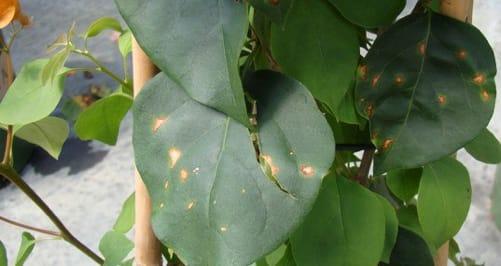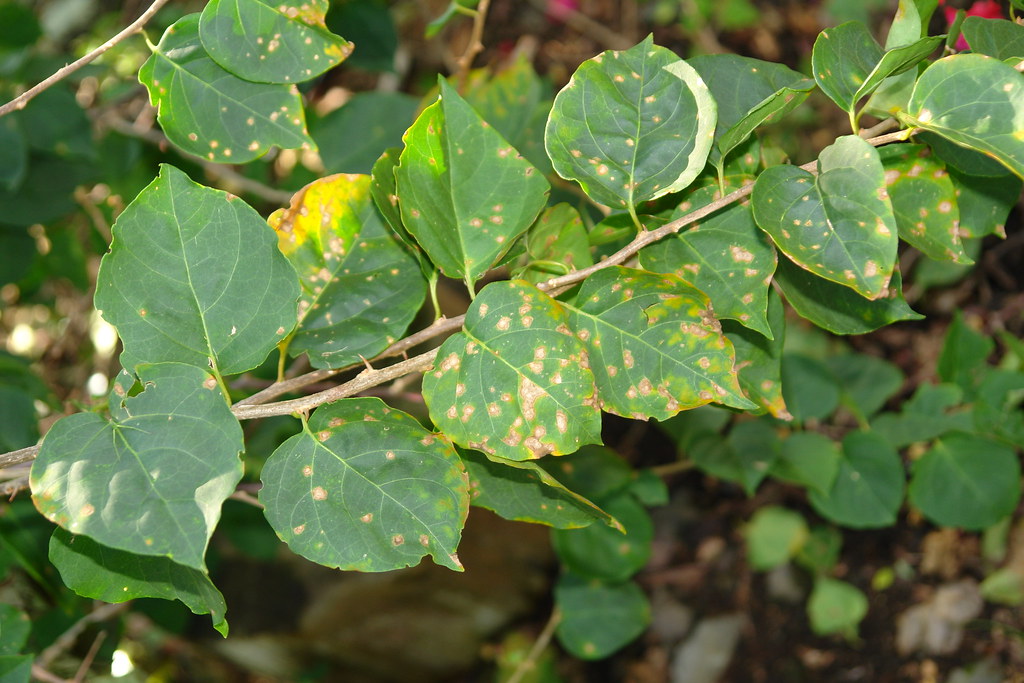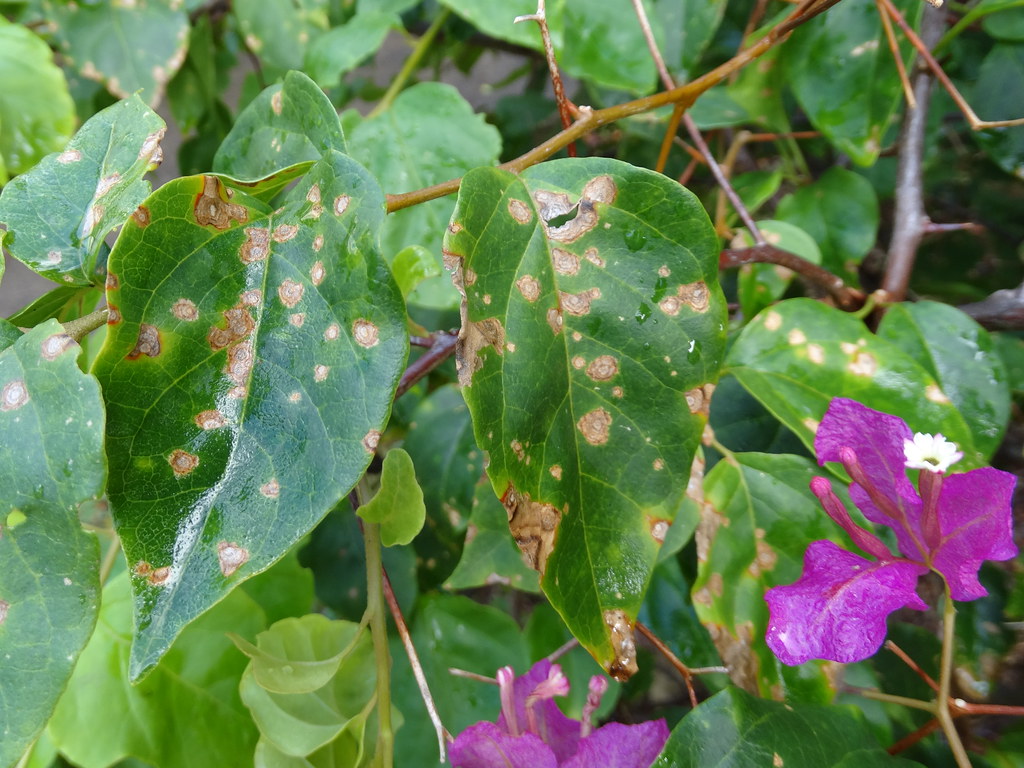Thai bougainvillea Plant
Thai Bougainvillea, possibly referring to a specific Bougainvillea variety, may have varying care requirements. Generally, plant in well-draining soil with full sun exposure. Water consistently and provide support for climbing. Pruning helps maintain a tidy appearance and promote blooming.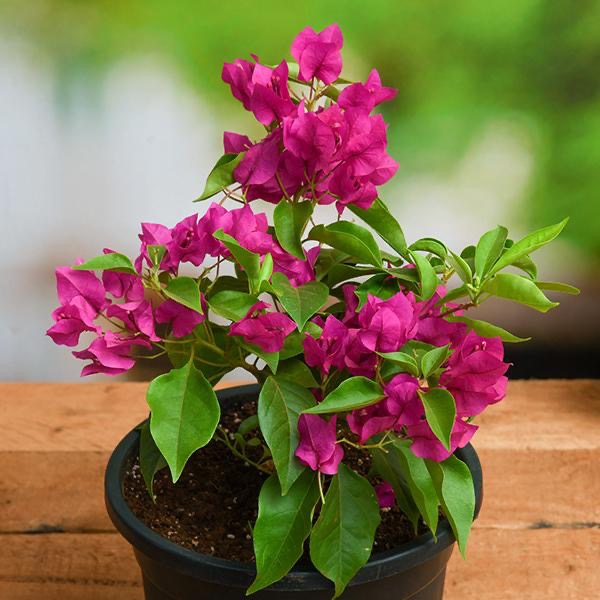
Habit
Tree
Height
2 to 4 m
Growth
Fast
Soil
Well-drained, Sandy Loam
Shade
Full Sun
Moisture
Moist to wet
Edible
No
Medicinal
Yes
Origin
Southeast Asia
Climatic Condition
Tropical, Subtropical
Temperature (°)
20°C to 30°C
Humidity (%)
60% to 80%
Potting media
50% Loam, 40% Sand, 10% Organic Matter
Fertilizers
Organic Fertilizer
Watering
Regular watering
Plant Weight
3 to 6 kg
Flowering Time
Spring to Summer
Soil Ph level
6.0 to 7.5
Water Ph level
6.0 to 7.0
Soil EC
0.5 to 0.8 mS/cm
Yield Per Plant
10 to 15 kg per plant
NPK ratio
10:10:10
life Span
5 to 10 years
Health Benefits
Ornamental, High in Antioxidants
Suggested Grow Media or Potting Mix ?
40% peat moss, 30% compost, 30% perlite
Suggested Fertigation/Fertilizers
Fertilize every 2-3 weeks with a balanced, water-soluble fertilizer.
Common Diseases and Remedies
Leaf Spot
Lesions will develop either at the periphery of the leaf or between veins and will spread from there.
Prune large branches.
HEALTH BENEFITS
1. Antioxidant properties: Thai bougainvillea contains antioxidants that can help protect against oxidative stress and inflammation.
2. May help reduce inflammation: The antioxidants and other compounds in Thai bougainvillea may help reduce inflammation and improve overall health.
3. May help improve skin health: Thai bougainvillea's antioxidants and other compounds may also help improve skin health and reduce the signs of aging.
What is the Thai bougainville plant?
Thailand His bougainvillea is a type of bougainvillea known for its bright, colorful bracts (modified leaves) that surround small, inconspicuous flowers. Bougainvillea is a popular ornamental plant prized for its beautiful color and ability to grow in warm climates.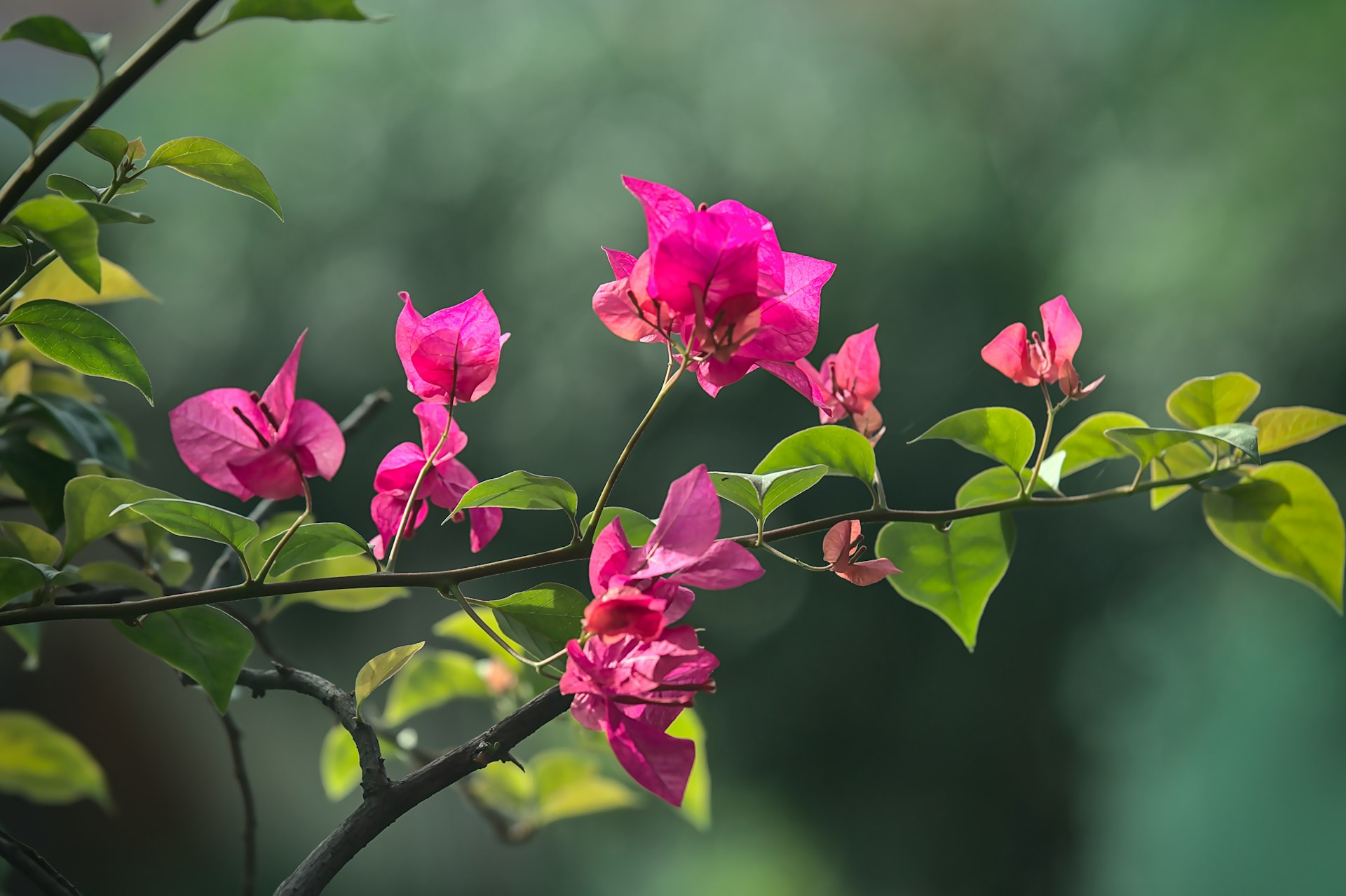
What Are The Different Types Of Thai Bougainvillea?
Barbara Karst
Known for its dark pink to reddish-purple bracts.
Royal Purple
Characterized by rich purple bracts.
Eva Variegated
Characterized by variegated leaves and pinkish-red bracts.
Orange King
Displays bright orange bracts.
Silhouette
Known for its dark purple bracts with a hint of magenta.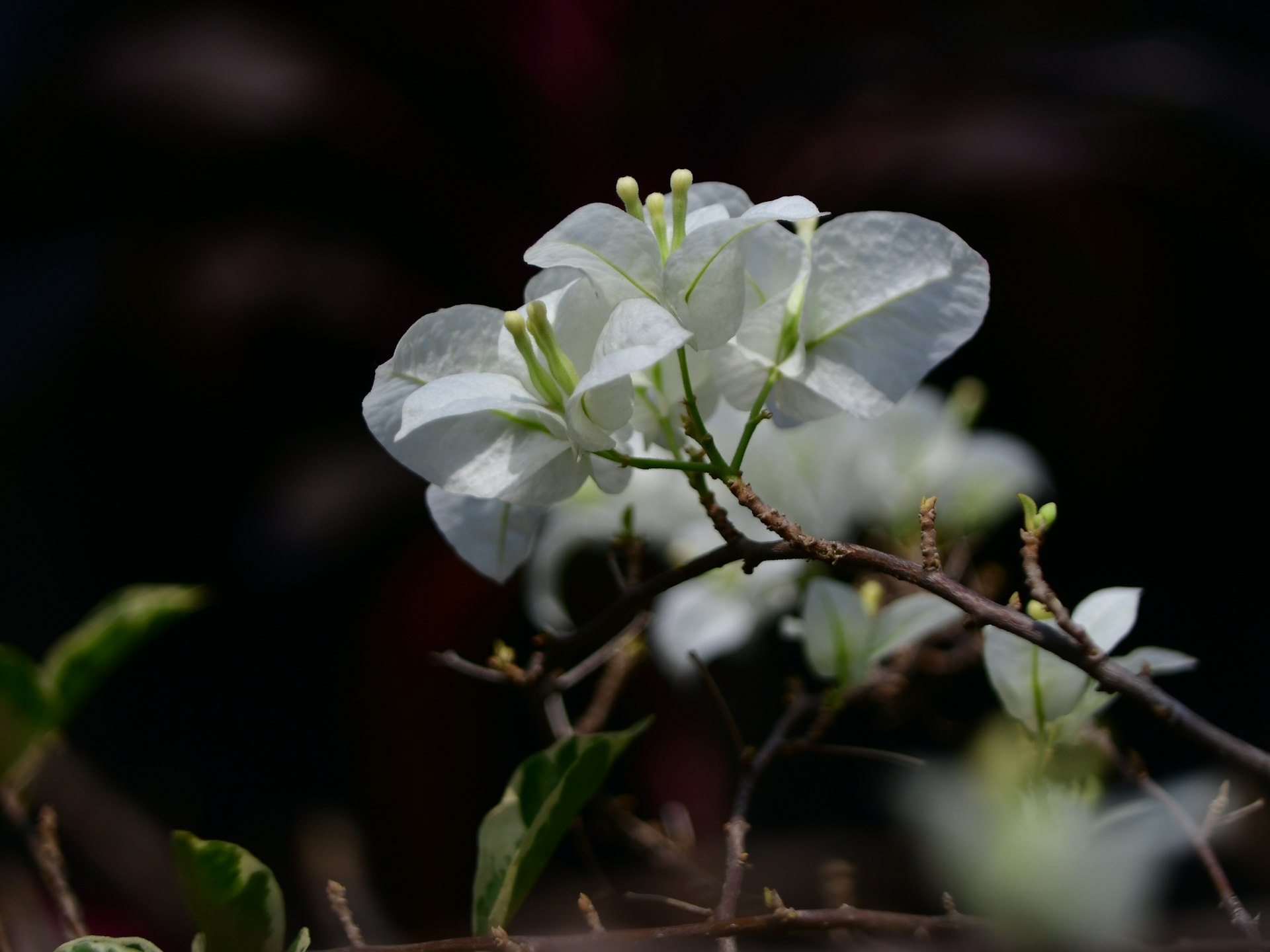
How To Care For Thai bougainvillea ?
Location
The Thai bougainvillea plant grows in warm tropical climates. It requires full sunlight and well-drained soil to grow. It is commonly found in tropical regions such as Thailand, Southeast Asia, parts of Africa, Australia, and America. In these regions, it is often used in landscaping to add vibrant color to gardens, parks, and cityscapes.
Sunlight
Thai bougainvillea plants need plenty of sunlight to grow and produce lots of flowers. Ideally, it should be exposed to direct sunlight for at least 6 to 8 hours a day. Too little sunlight may result in poor flowering and poor growth. Therefore, it is important to plant it in a location that receives plenty of sunlight throughout the day.
Soil
Thai bougainvillea plants prefer well-drained soil that is rich in organic matter. Well-drained sandy loam soil is best for growing. Further, the pH value is preferably weakly acidic to neutral (about 6.0 to 7.0). Adding organic compost or well-rotted manure to the soil can improve fertility and drainage, which can have a positive impact on the growth and flowering of your Thai bougainvillea plants. It is important to avoid waterlogged or compacted soils as this can cause root rot and other problems.
Hydration
Thai bougainvillea plants prefer slightly moist soil, but are relatively drought tolerant once established. It is important to water regularly, especially during dry periods and periods of active growth and flowering. However, overwatering can cause problems such as root rot. For this reason, it is important to let the soil dry out a little between waterings. 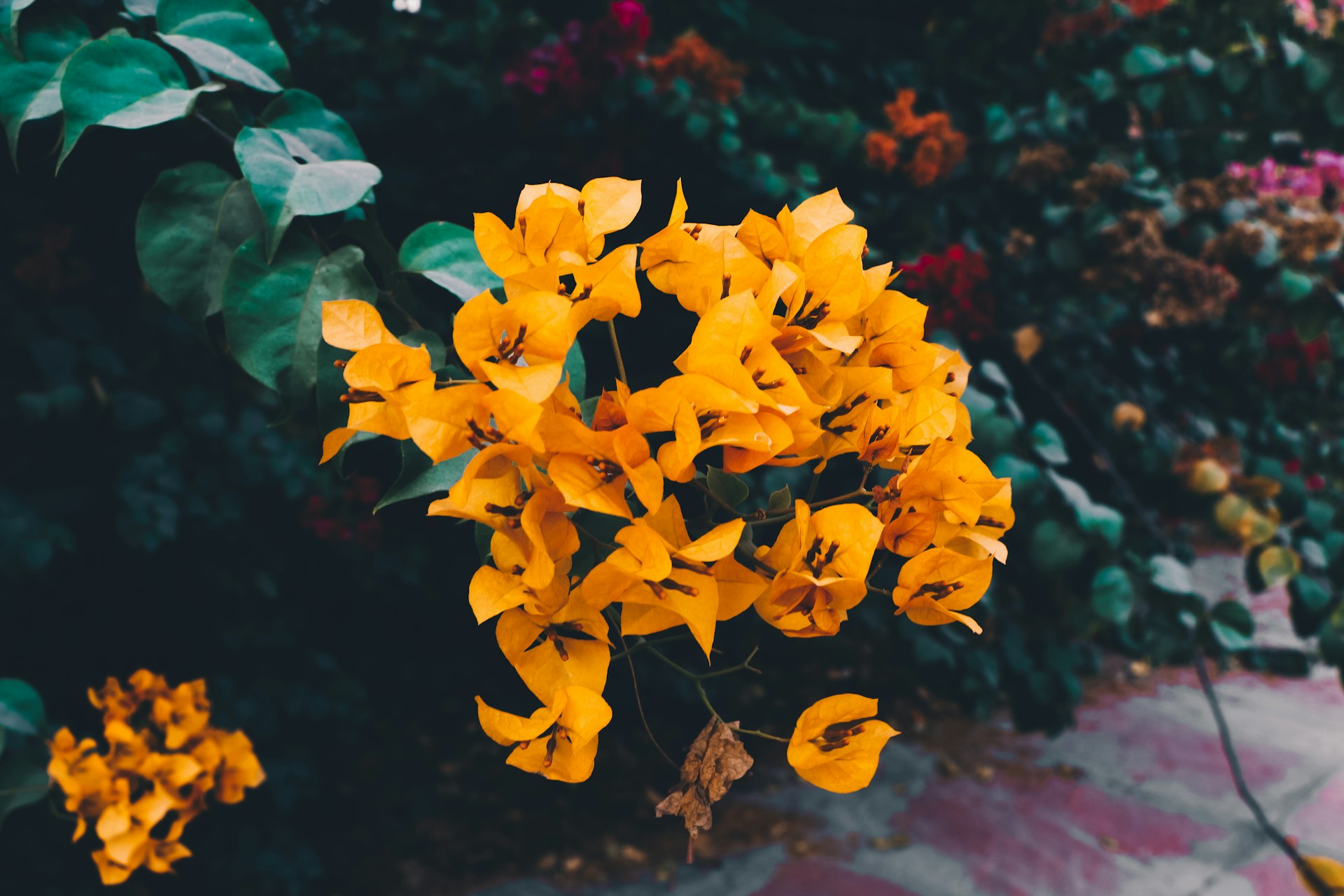
Nourishment
To provide proper nutrition for your Thai bougainvillea plant, it is important to fertilize it regularly throughout the growing season, usually from spring to fall. Use a balanced fertilizer such as 10-10-10 or 20-20-20 that contains equal amounts of nitrogen (N), phosphorus (P), and potassium (K) in addition to micronutrients. Alternatively, you can use a fertilizer made specifically for flowering plants to encourage blooming.
Issues
Although Thai bougainvillea plants are relatively hardy, some problems can occur during growth. Common issues include:
1. *Overwatering:* Too much water can cause root rot and other fungal diseases. Provide good drainage and allow the soil to dry slightly between waterings.
2. *Insufficient watering:* Insufficient watering can stress the plant, causing the leaves to wilt and flowers to bloom poorly. Water the plant regularly, especially during hot, dry weather.
3. *Pests:* Thai bougainvillea plants may be susceptible to pests such as aphids, scale insects, and caterpillars. Monitor plants regularly for signs of pest infestation and treat with insecticidal soap or neem oil as needed.
4. *Diseases:* Fungal diseases such as powdery mildew and leaf spot can affect Thai bougainvillea plants, especially in humid conditions. To reduce the risk of fungal diseases, provide good air circulation and avoid overhead watering.
What Are The Benefits Of Thai Bougainvillea?
Thai bougainvillea plant has several benefits such as:
1. *Ornamental Value:* Prized for its bright, colorful bracts that add beauty and visual interest to gardens, landscapes, and outdoor spaces.
2. *Low Maintenance:* Once established, Thai Bougainvillea plants are relatively easy to care for and require minimal care other than regular watering and occasional pruning.
3. *Drought Tolerance:* Suitable for arid climates as it is well adapted to dry conditions and can withstand drought once it occurs.
4. *Attract pollinators:* The colorful bracts of bougainvillea plants attract pollinators such as butterflies and bees, thereby contributing to the biodiversity of your garden.
5. *Privacy Screen:* Planting Thai bougainvillea on a trellis or fence provides privacy and acts as a natural barrier.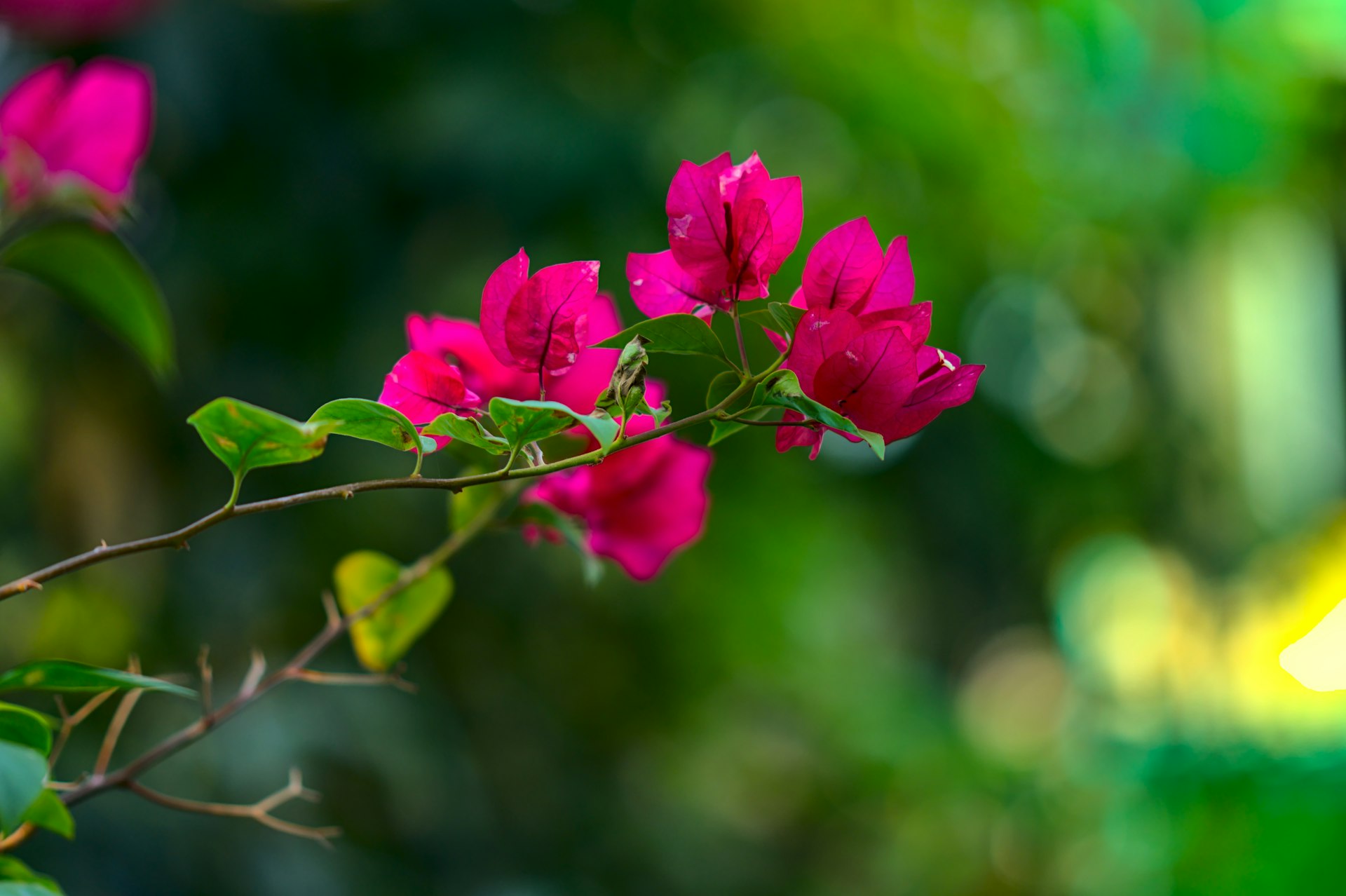
FAQs About Growing Thai Bougainville
How to care for Thai Bougainville plants?
Here are some important care tips to take care of your Thai bougainvillea plant and keep it healthy and thriving.
1. *Sunlight:* Make sure your plants receive plenty of sunlight for at least 6 to 8 hours each day. Place it in a place that receives plenty of sunlight.
2. *Water:* Water the plant regularly, especially during dry periods and when it is actively growing and flowering. To avoid overwatering, allow the soil to dry slightly between waterings.
3. *Soil:* Plant Thai Bougainvillea in well-drained soil that is rich in organic matter. Avoid standing water or compacting the soil as this can cause root rot.
What is the purpose of Thai Bougainvillea plant?
Thai Bougainvillea plant serves multiple purposes such as:
1. *Ornamental Landscaping:* Its bright, colorful bracts make it a popular choice for adding beauty and visual interest to gardens, landscapes, and outdoor spaces.
2. *Privacy Screen:* Plant Thai bougainvillea on a trellis, fence, or wall to provide privacy and act as a natural barrier.
Which pot is best to grow a Thai Bougainvillea plant?
When choosing a pot to grow a Thai Bougainvillea plant, be sure to ensure optimal growth and health Consider the following factors:
Size
Drainage
Material
Where can I buy Thai bougainvillea plants?
Thai bougainvillea plants can be bought at various places such as:
Garden storess
Online Plant Retailers
Plant Shows and Markets
